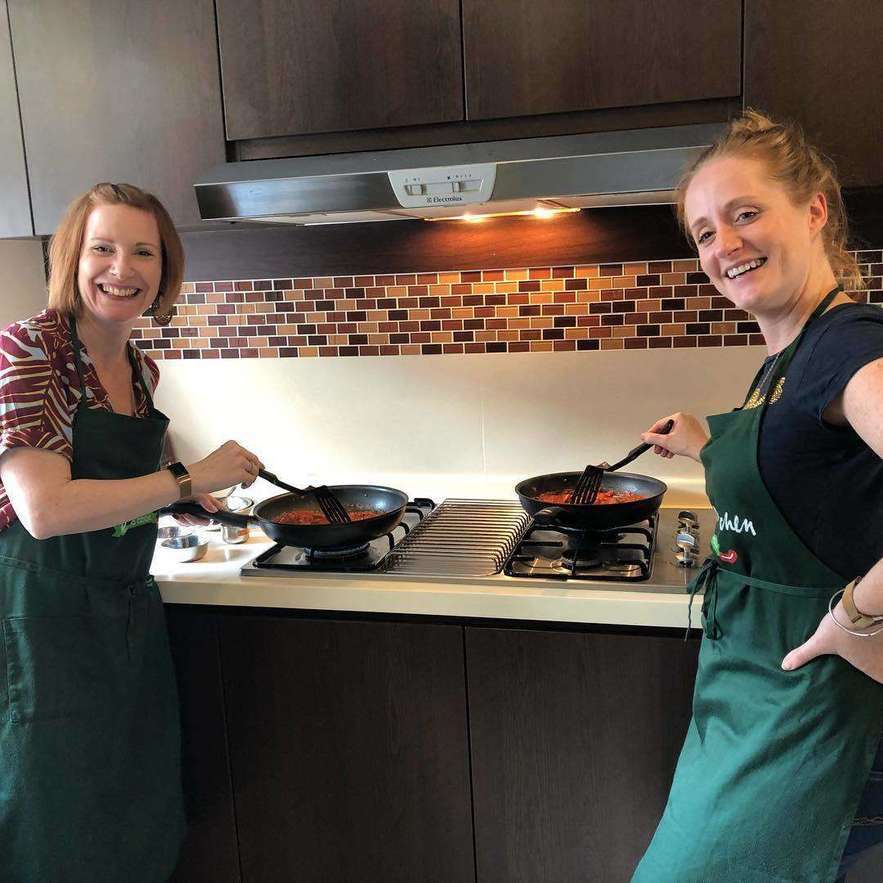Shakshouka, Mujaddara and Harira. Which of these dishes are you familiar with? None? How about Hummus or Falafel? Well, these are a few of the many Middle Eastern dishes out there. It doesn’t matter if you’ve never heard of them — you do now!
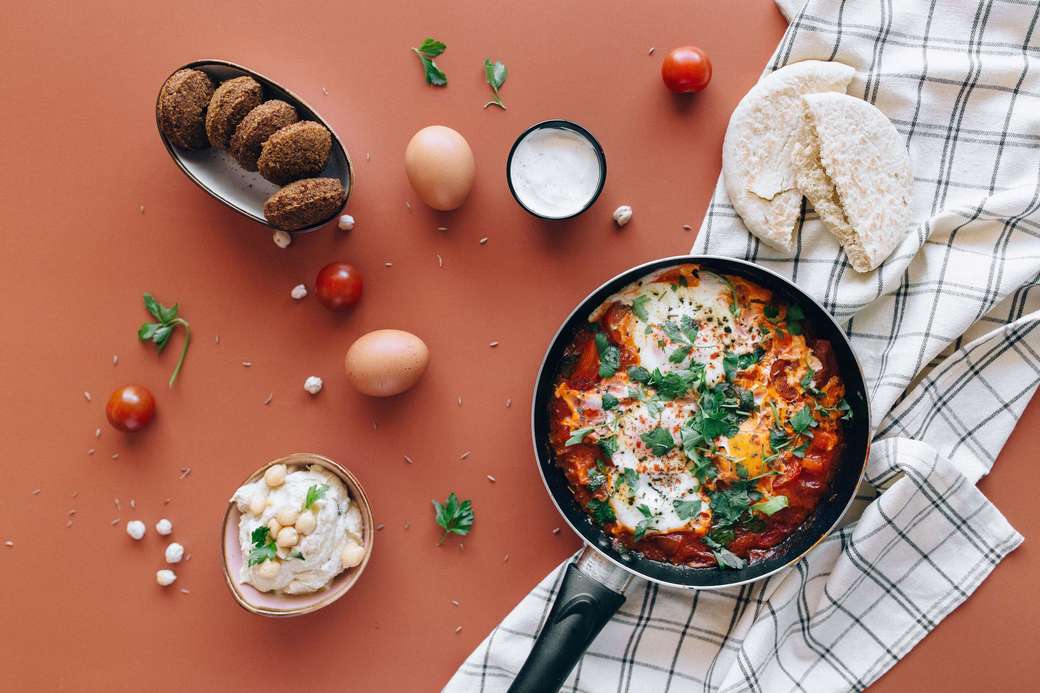
The world of Middle Eastern cooking is exciting to explore. Rich in spices and full of flavour, Middle Eastern cuisine has grown in popularity over the past two decades; mainly due to the healthy dishes aligning with the change in lifestyles to focus more on healthy living. A keto diet anyone? Middle Eastern cuisine has at its heart, vegetables, grains and spices. Each dish incorporates vibrant herbs and spices to create deep and complex flavours.
It’s established that spices are what define Middle Eastern cooking, but how many of these essential spices of the Middle Eastern pantry have you heard of?
Sumac
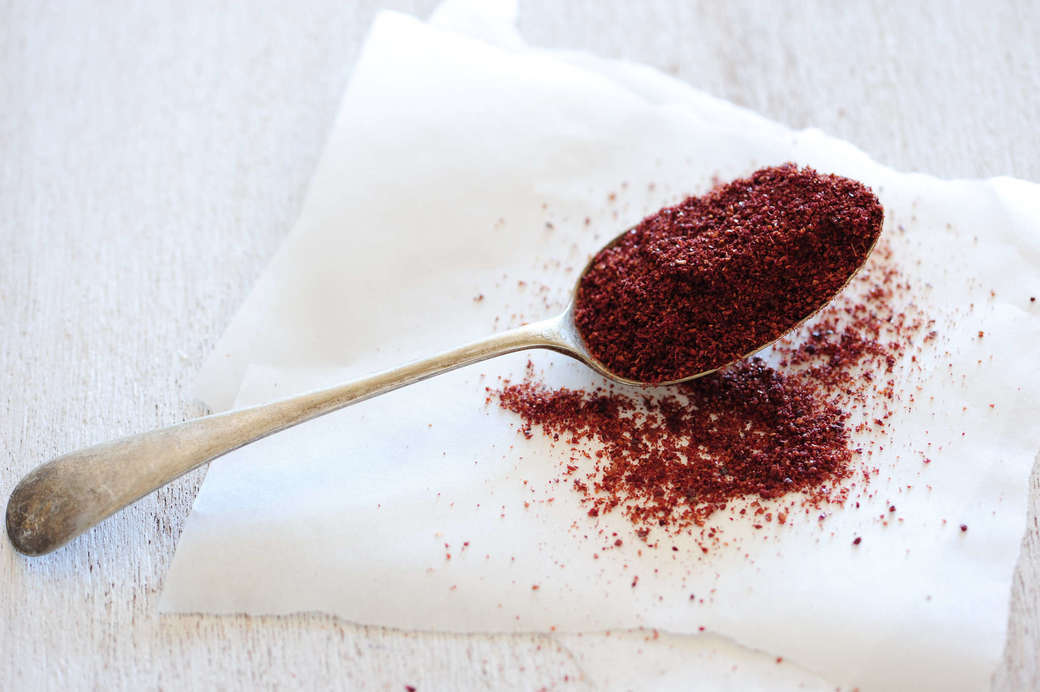
Source: Flickr
Deep red with a fruity and tart taste, sumac is one of the most recognisable spices of the Middle East. Made from the dried and ground berries of the wild sumac flower, sumac is a tangy spice with a sour, acidic flavor reminiscent of fresh lemon juice. It is often used as an alternative to citrus fruit juice or vinegar, and sprinkled on a variety of dishes as a garnish, to add a tang of vibrancy. Sumac also blends especially well with other spices, making it a key ingredient in za’atar, a versatile spice blend from the Middle East.
Sumac is rich in antioxidants (more so than the famous acai berry and other common spices like cinnamon and oregano!) and can help prevent cancer, heart disease and signs of aging.
Cardamom
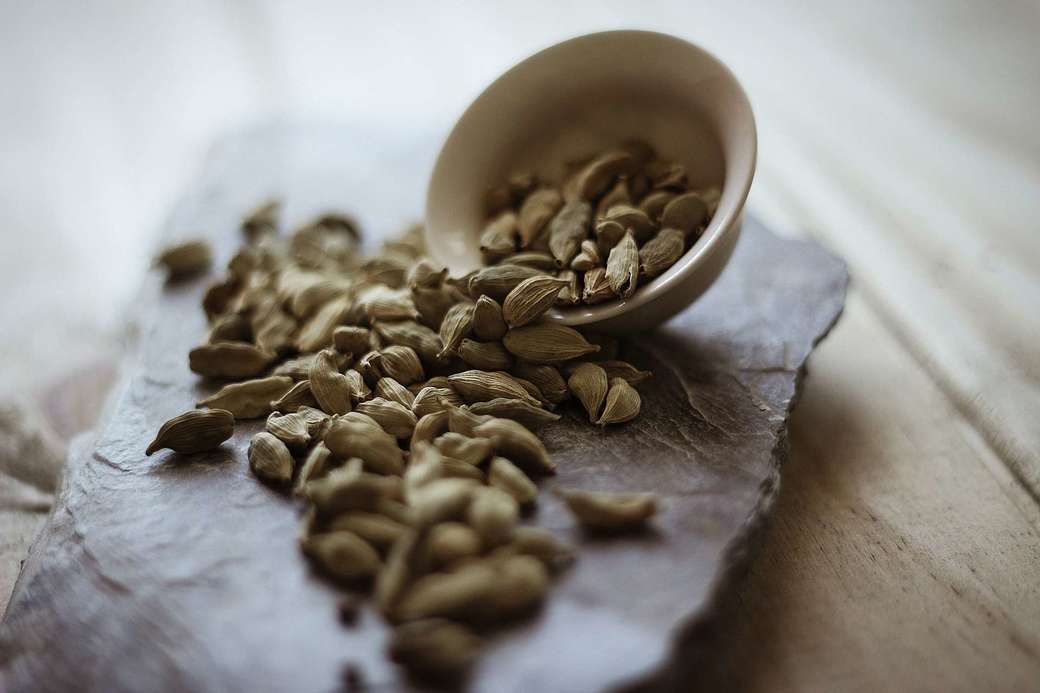
A spice made from the seed pods of various plants in the ginger family, cardamom is aromatic and has a strong, sweet flavour, with hints of lemon and mint. It is the third-most-expensive spice in the world, after saffron and vanilla. Cardamom can be used in both sweet and savoury dishes, though it is more commonly used for teas, coffee and desserts. Cardamom is what gives Arabic and Turkish coffee its distinct flavor.
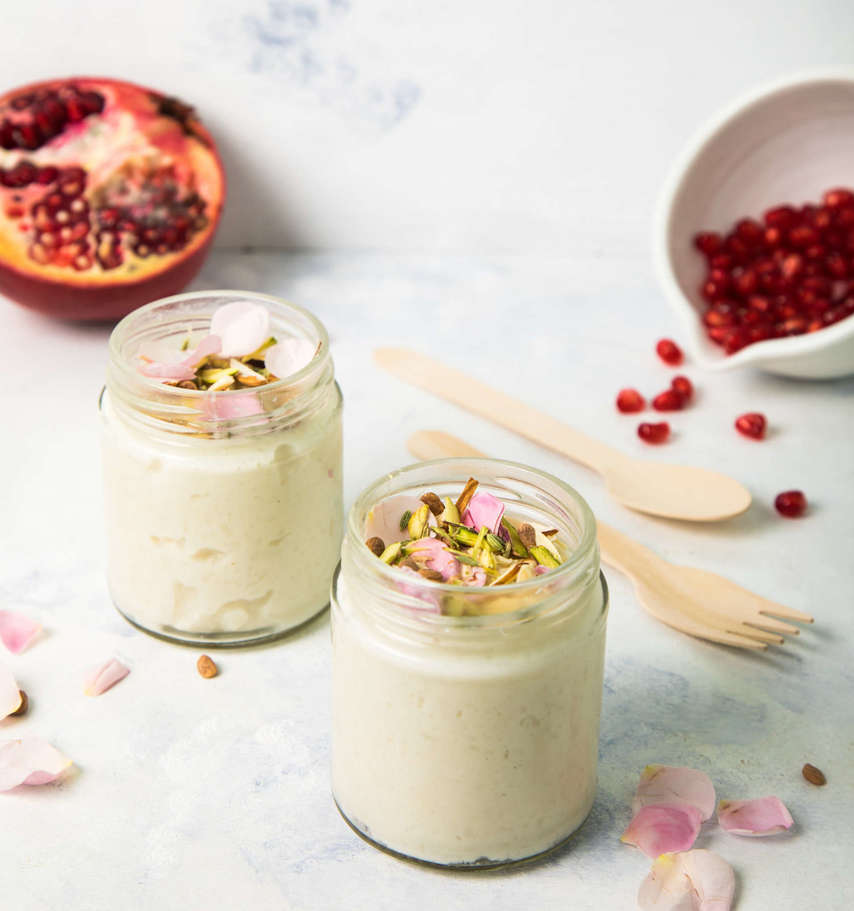
Mahalabia or Muhallebi (Milk pudding)
Mahalabia, or Muhallebi, is a cool and refreshing Middle Eastern milk pudding dessert that is easy to prepare. It is often flavoured with ground cardamom or rose water, and topped with pistachios, cardamom and fresh rose petals.
Urfa Biber
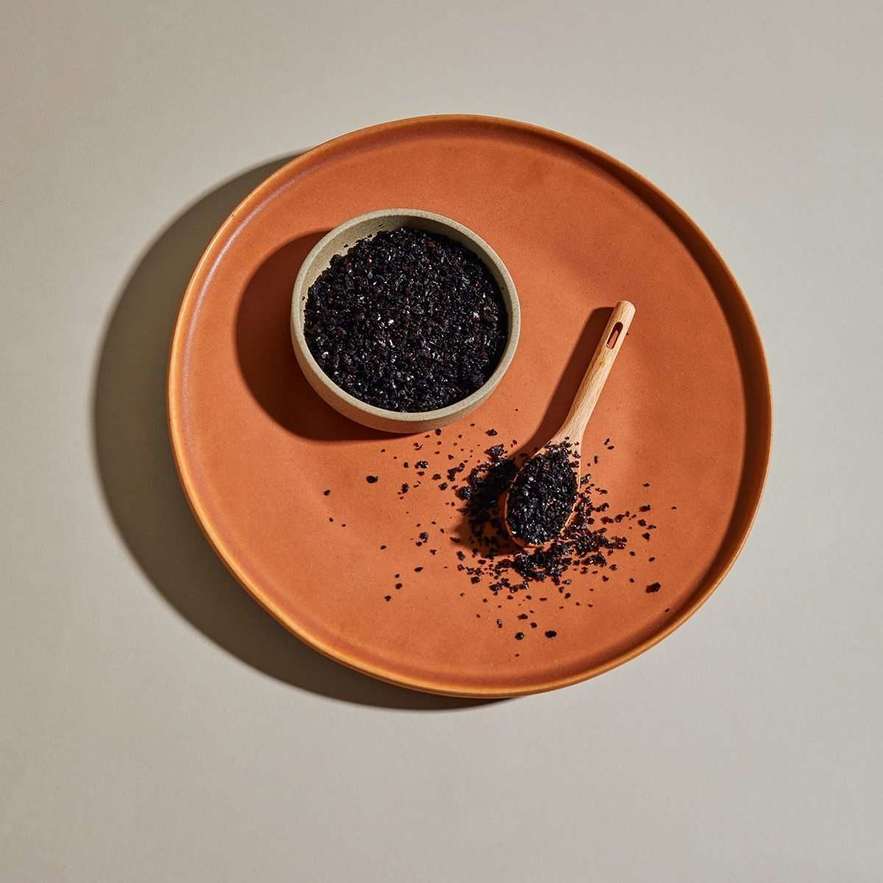
Source: The Spice House
Urfa biber, or isot pepper, is a Turkish chile pepper with a distinctive dark burgundy colour. It has a smoky, salty flavour, and is most definitely, spicy. The pepper is earthy, with notes of chocolate and tobacco, and has been said to have a raisin-like sweetness.
Urfa biber is often used in stews, marinades and seasonings. When mixed with cumin, coriander and onion powder, a delicious spice rub is made to flavour meats. Surprisingly, urfa biber also pairs well with chocolate, adding a little smoky heat to desserts such as brownies.
Cumin
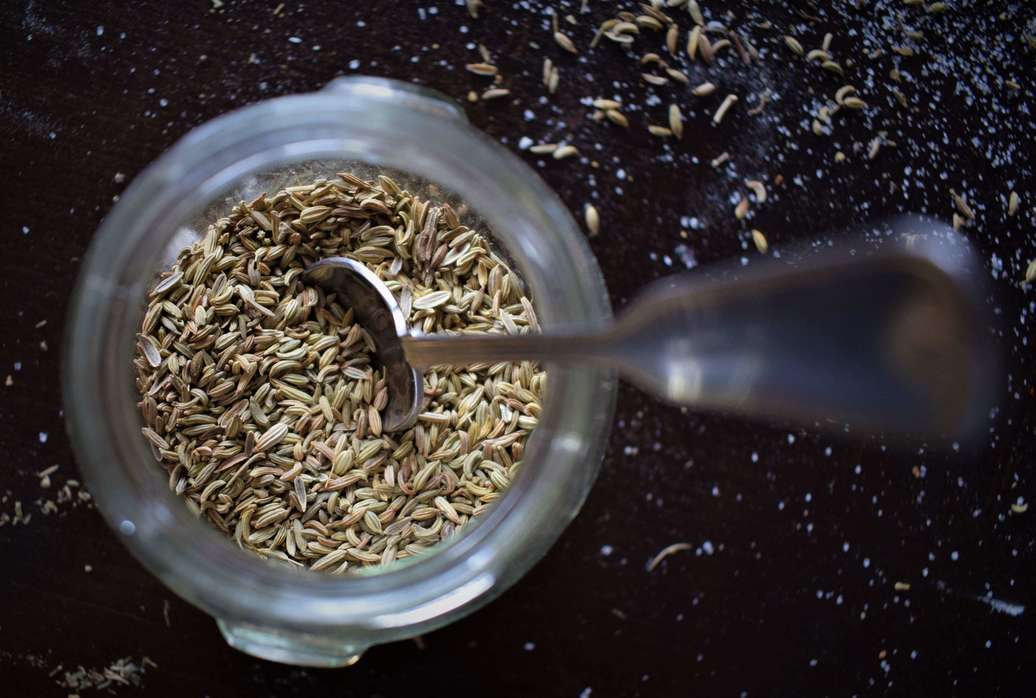
Cumin is a spice made from the dried seed of a plant known as Cuminum cyminum, a member of the parsley family. Having a warm, earthy flavour, with an edge of citrus, cumin is one of the main ingredients in chili powder and other spice blends. It is easily recognisable by its pungent, musky scent.
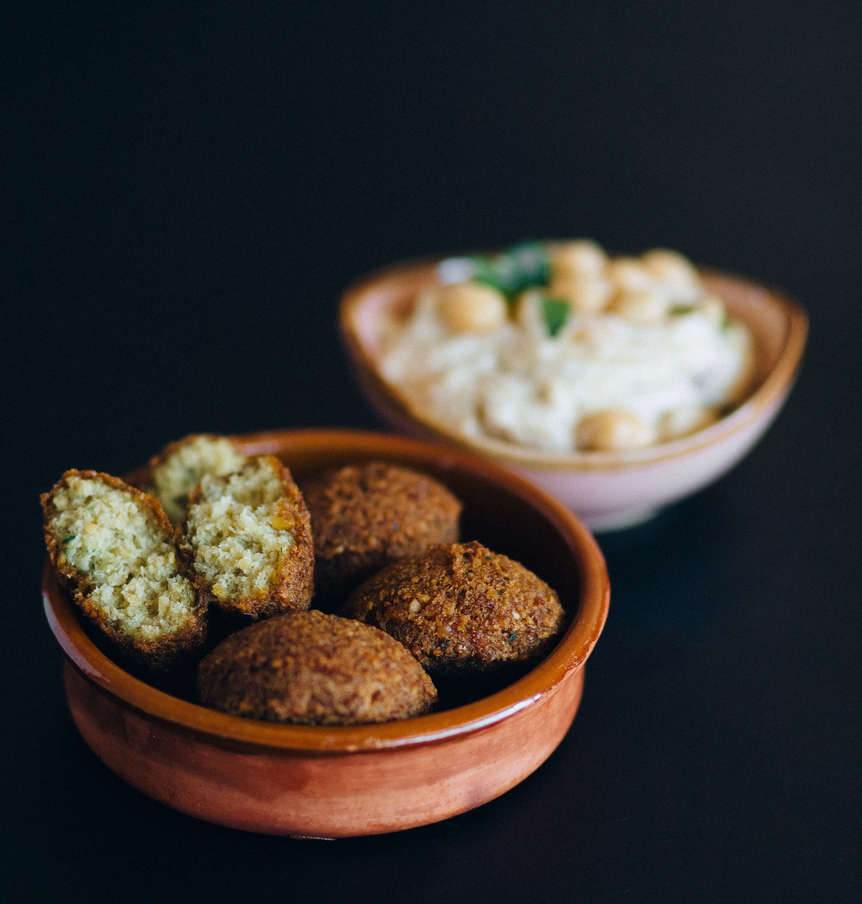
Falafel
Cumin is a key spice in Falafel, a traditional Middle Eastern deep-fried ball or patty that is made from either chickpeas or fava beans and spices. Falafel is a popular street snack and is often served sandwiched in pita bread.
Za’atar
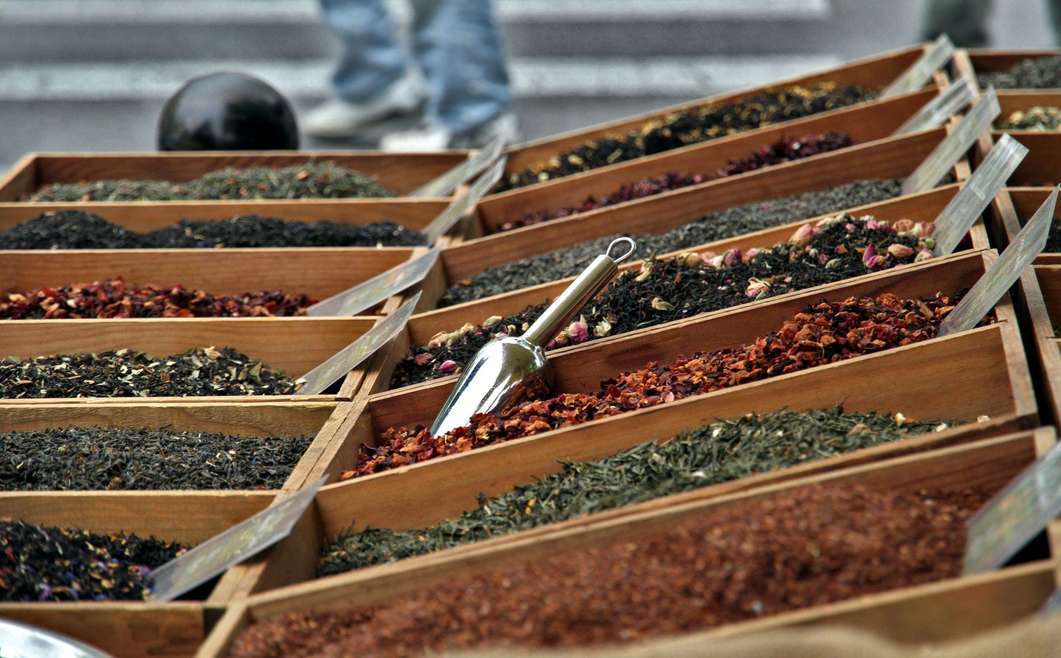
Though not a single spice, this versatile spice blend of the Middle East is worth mentioning. Za’atar is the Arabic word for thyme, the base of this spice blend. Thyme is often mixed with sumac, oregano, sesame seeds and other spices, and there are many different versions of this spice blend — with some family recipes kept top secret!
Za’atar can be used in practically everything in Middle Eastern cuisine, from mixing it with olive oil and using it as a dip for fresh bread, to using it as a dry rub for meats and grilled or roasted vegetables. It works as a great seasoning for kebabs!
There are a multitude of Middle Eastern spices, each uniquely tasting. We’re only touching the tip of the iceberg here! To find out more, why not learn how to use all these spices and many others at a Middle Eastern cooking class?
Middle Eastern cuisine is all about comfort food that is meant to be shared. In this hands-on workshop, let Chef Shalu teach you how to prepare an impressive spread of dishes for gatherings and family feasts! Healthy but easy dishes suitable for both the experienced chef and the cooking amateur, it is time to add Shakshouka, Mujaddara and Harira into your personal cookbook!
Find out more here.
• • •

At Culturally, we offer customised hands-on cultural experiences for you and your loved ones to enjoy and have fun whilst learning about other cultures!
